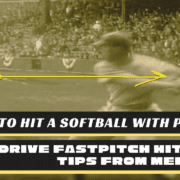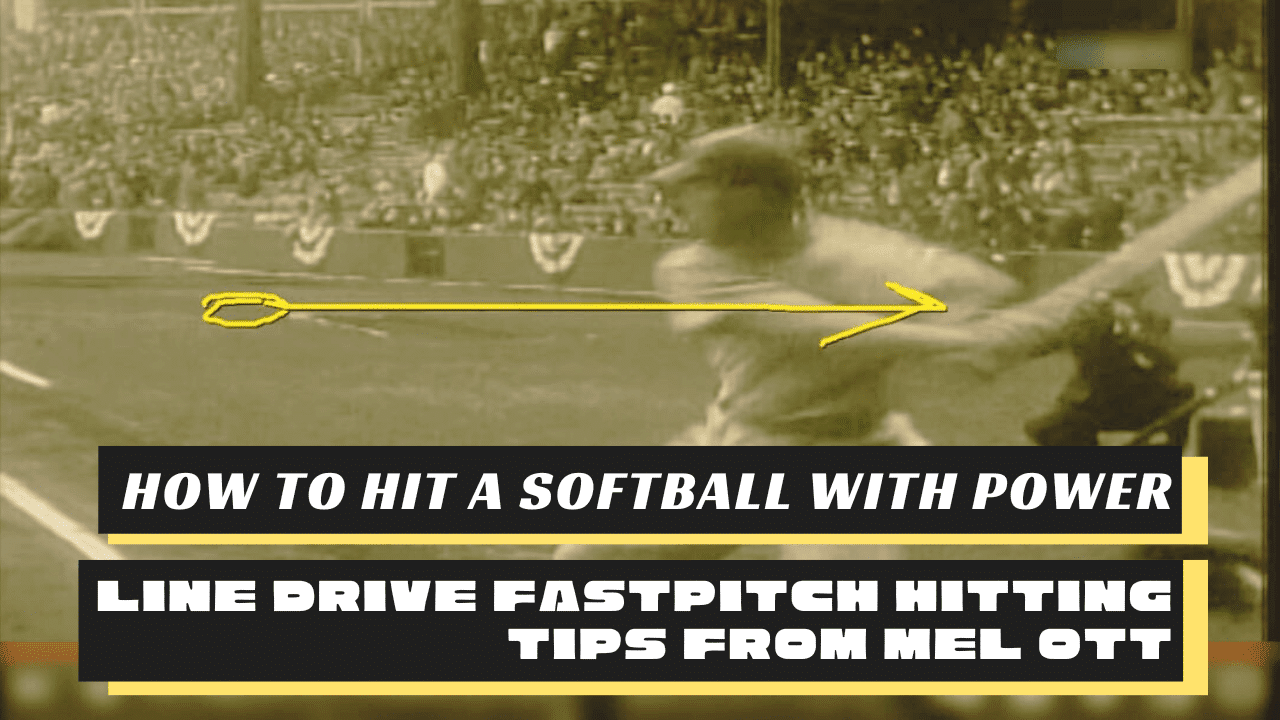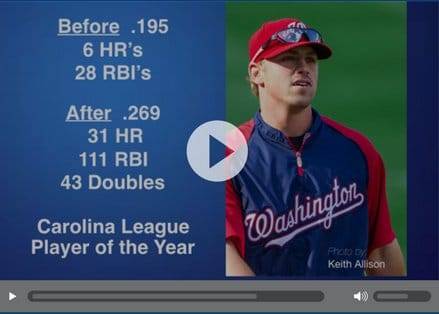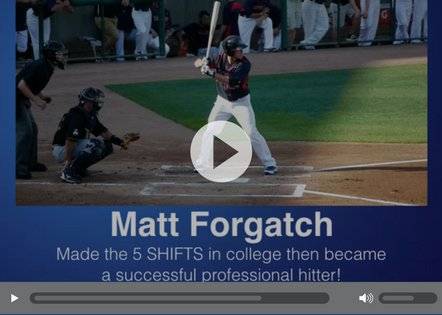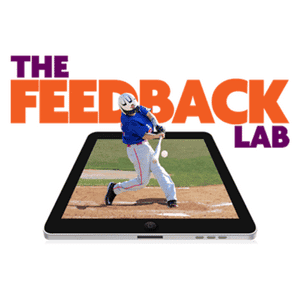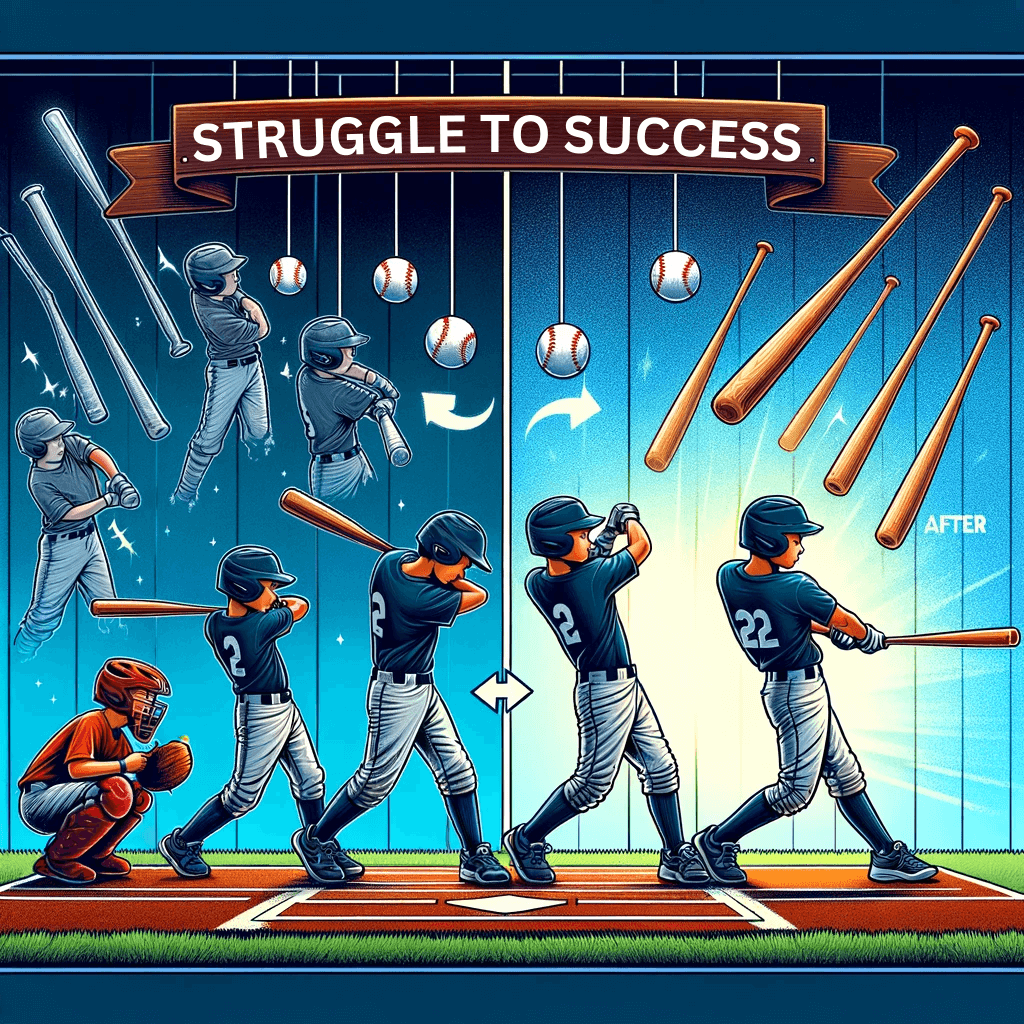
From Struggle to Success: The Chan Brothers’ Story of Mastering the Art of Hitting
Introduction
Hey folks, Joey here. Let me take you through an incredible journey with the Chan brothers. These kids came to me with a common problem – they were struggling at the plate. But, oh boy, did they have a turnaround!
The Chan Brothers’ Early Challenges
When I first met Ethan and his brothers, they were eager but frustrated. They were putting in the effort, but their swings just weren’t delivering.
Discovering RocketHitting Formula
That’s when their dad, Simon, brought them to my online coaching program. He was looking for something different, something that could make a real change.
The Turning Point
In our first session, I could see the potential in these boys. They were attentive, ready to learn, and open to new ideas. It was just about tweaking a few things.
First Impressions of Coach Joey Myers
I remember telling Simon,
“It’s not just about swinging the bat; it’s understanding why and how.”
We started breaking down the fundamentals, focusing on technique and mindset.
Key Changes in the First Two Lessons
We worked on their stance, their grip, and their mental approach. It was amazing to see how quickly they adapted and improved.
The Transformation Journey
Over time, I watched the Chan brothers transform. Each session, each practice, they grew stronger, more confident. They were no longer just hitting; they were mastering the art of hitting.
Seeing the Results
The changes in Ethan and his brothers were not just in their swings but in their entire approach to the game. Ethan, especially, started hitting the ball with more power and accuracy. It was a proud moment when I saw him smash one over the fence during a game.
Brothers Follow Suit
Ethan’s success had a ripple effect. His brothers, inspired and motivated, followed the same path. They were all implementing the techniques we worked on, and the results were clear in every at-bat.
Parental Perspective
Simon’s feedback was invaluable. He noticed not just the technical improvements but also the rise in their confidence levels. As a parent, seeing his kids enjoy and succeed in the sport they loved was a huge relief.
The Value of Online Coaching
Online coaching proved to be a game-changer for the Chan family. The convenience and the ability to review sessions helped them understand and practice the techniques better.
Beyond the Basics
As we progressed, I introduced the boys to more advanced hitting techniques. We worked on situational hitting, understanding pitchers, and adapting to different game scenarios.
Preparing for Competitive Play
The ultimate goal was to get them ready for competitive play. The boys were now not just participants in the game; they were becoming key players in their teams.
The Mental Game
A significant part of our sessions focused on the mental aspect of hitting. We worked on building a mindset that embraced challenges and stayed focused under pressure.
Building a Winner’s Mindset
The transformation in their mental game was as crucial as the physical one. The boys learned to handle successes and setbacks with a balanced approach, which is key in baseball.
Continuous Improvement
Our journey didn’t stop at just getting better. It was about continuous improvement, adapting to new challenges, and always striving for excellence.
Ongoing Training and Support
I made sure the boys had ongoing support. Whether it was tweaking their swings or discussing game strategies, we were always in sync.
Adapting to New Challenges
As they grew and faced new challenges, our training evolved. It was about staying ahead of the game, and the boys were quick learners.
The Role of Feedback
Feedback played a crucial role in our sessions. It wasn’t just about what they were doing right, but also what needed improvement. Honest, constructive feedback was key to their progress.
Importance of Constructive Criticism
I always believe in positive reinforcement coupled with constructive criticism. This approach helped the boys understand their strengths and areas for growth without feeling discouraged.
How Feedback Transformed Practice Sessions
Each feedback session brought a new perspective to their practice. It was about learning, relearning, and perfecting their skills.
The Impact on Performance
The impact of our sessions was evident in their game-day performances. Their hitting improved, but more importantly, their understanding of the game deepened.
Game Day Success Stories
I remember games where the boys showcased their improved skills, making crucial hits and helping their teams win. Those moments were a testament to their hard work and dedication.
Measurable Improvements in Hitting
The best part was seeing measurable improvements in their hitting stats. Higher batting averages, more RBIs, and fewer strikeouts – the numbers spoke for themselves.
Lessons for Other Players and Coaches
The journey with the Chan brothers offered valuable lessons for other players and coaches. It highlighted the importance of a holistic approach to hitting.
Tips from the Chan Brothers’ Experience
The key takeaway was the integration of mental and physical aspects of hitting. This approach can be a game-changer for any player.
Advice for Implementing Changes
For coaches and parents, my advice is to be patient and focus on understanding each player’s unique needs. Tailoring your approach can make a huge difference.
Looking to the Future
As for the Chan brothers, their journey in baseball is just beginning. They have set new goals and are working towards them with the same zeal and enthusiasm.
Setting New Goals
The boys are now aiming higher, and I’m confident they’ll achieve whatever they set their minds to.
The Chan Brothers’ Future in Baseball
With their talent, work ethic, and the right guidance, the sky’s the limit for Ethan and his brothers. I’m excited to see where their journey takes them.
Conclusion
Summing up, the transformation of the Chan brothers was a journey of growth, learning, and success. It’s a story that demonstrates the power of the right guidance and a strong work ethic.
Final Thoughts from the Chan Family
From Simon’s perspective, the journey was not just about baseball. It was about watching his sons grow into confident, skilled players who loved the game. And that, for any parent or coach, is the real victory.
FAQs
- How long does it take to see improvements in hitting? Improvements can vary, but often, noticeable changes can be seen within a few weeks of consistent practice and application of the right techniques.
- Can these techniques work for players of all ages? Absolutely! The fundamentals of good hitting are universal, though the approach may be tailored to suit different age groups.
- Is online coaching as effective as in-person sessions? Yes, with the right coach and tools, online coaching can be highly effective, offering convenience and the ability to review sessions.
- How important is the mental aspect in hitting? It’s crucial. A strong mental game complements physical skills and is essential for consistency and confidence at the plate.
- Can the RocketHitting Formula help with hitting in competitive leagues? Definitely. The techniques and strategies are designed to elevate hitting performance, even in highly competitive environments.




